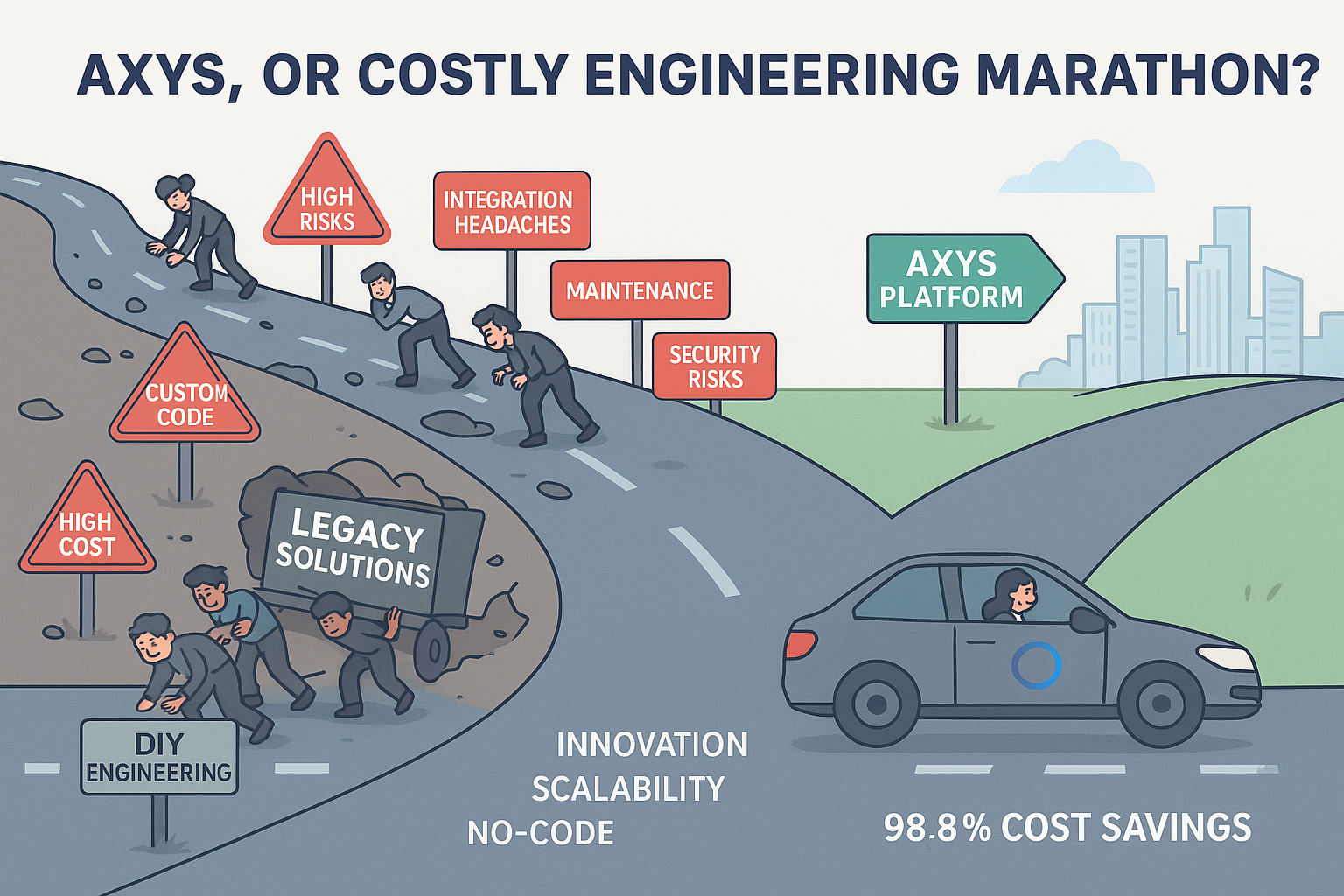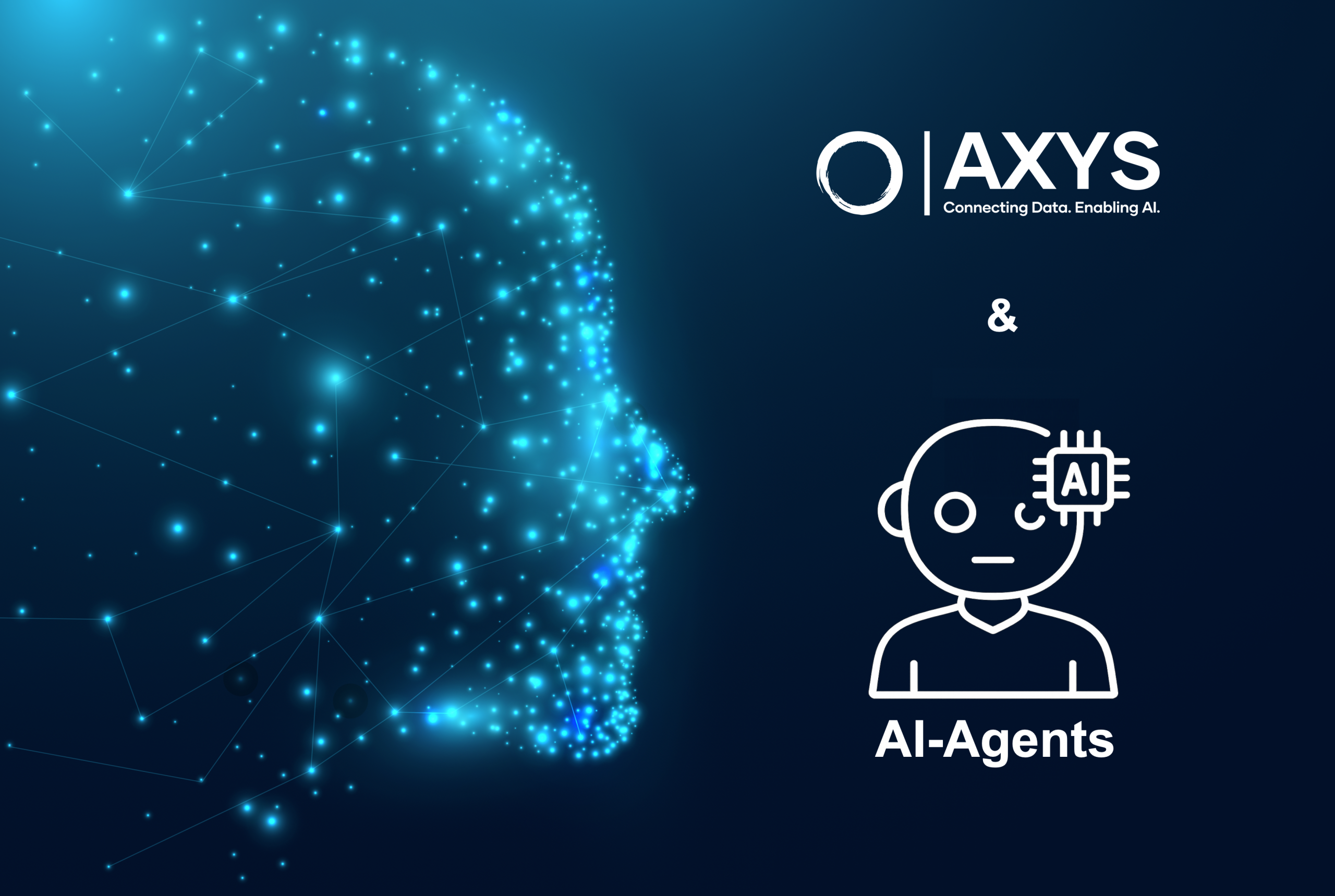Data Fabric
Data Fabric has become the driving force behind enterprise IT, facilitating a new way of operating in the modern digital workplace. Modern data fabric provides businesses of all sizes to make use of their own data in near real-time without the need for complicated solutions. It is one technology that has enabled organizations to increase operational agility and scalability with less complexity and cost. The solution is very timely during the current economic downturn. This article will explore how data fabrics are revolutionizing the next generation of Enterprise IT.
1. Eliminates Traditional Data Silos
Data silos exist when different parts of an organization cannot access shared information between departments and lines of business. Utilizing data fabrics makes accessing up-to-date information across all areas easy while allowing customers and suppliers easy access too. This helps organizations operate more efficiently by quickly understanding changing customer needs or supplier forecast changes; something traditional manual processes can’t do in today’s competitive environment.
2. Increases Productivity
By streamlining operations with automated processes, and leveraging shared insights gathered from data fabrics, enterprise businesses can increase their productivity through predictive analysis delivered at scale – fast! These insights enable organizations to find problematic components or bottlenecks in the system before they occur and resolve them quickly, reducing risk and mitigating costs associated with downtime or lost revenue from production errors or performance issues due to unforeseen difficulties caused by manual processes.
3. Enhances Security & Compliance
Data Fabrics inherently build security into their architecture as part of its purpose is to store and share sensitive enterprise material across divisions securely using numerous layers of sophisticated encryption methods before it ever reaches endpoint networks so nothing can be stolen or exposed along the way without strict permission sets being met first making it much harder for malicious attackers to gain access than conventional solutions have opened up in past years.
In addition to this, they also add compliance into the mix as digital regulations such as GDPR require companies needing space to know exactly who is accessing ‘what’ at any given time, meaning organizations must verify users according to rules set out by regulatory bodies which
Data Fabrics help facilitate more easily here too as part of their setup process by providing authentication systems such as OAuth2 & OpenID Connect protocols that ensure only authorized users are able to gain access appropriately to corporate assets under law.
Author: Axys Editorial
Copyright Silicon Valley Cloud IT, LLC
Frequently asked questions
Everything you need to know about AXYS Platform
AI, LLM, Prompting, and Search
Data Management and API Features
General AXYS Platform Overview
Integration and Connectivity
Pricing and Licensing
AI, LLM, Prompting, and Search
AXYS is engineered to dramatically reduce the cost and complexity of AI and LLM usage in your organization. By leveraging advanced retrieval augmented generation (RAG) workflows and intelligent data orchestration, AXYS delivers only the most relevant and concise information to AI models. This targeted approach achieves up to 98.8 percent reduction in token usage, significantly lowering OpenAI and LLM operational costs while improving performance. AXYS automates the process of preparing, filtering, and structuring your data before sending it to AI, ensuring efficient, cost-effective queries and faster results—without sacrificing data accuracy or security.
Data Management and API Features
Yes, all auto-generated APIs in AXYS are designed with enterprise-grade security. Each API endpoint is protected by a unique, secure token that controls access and permissions. You can easily manage, rotate, or revoke these tokens at any time for full security and compliance. This ensures that every API, whether for an individual, department, or custom solution, remains safe, private, and fully under your organization’s control.
General AXYS Platform Overview
AXYS is deployed directly in your own cloud or on-premises environment, inheriting all your existing security controls, firewall rules, and compliance policies by default. The platform operates entirely within your private infrastructure, so your data never leaves your environment. AXYS works with your established security groups, identity management, and DevOps standards, ensuring seamless alignment with your organization’s best practices. All AXYS APIs are secured with robust authentication and tokenization, giving you full control over data access and permissions. For extra protection, AXYS can run entirely behind your firewall, maintaining strict privacy and regulatory compliance at all times.
Integration and Connectivity
Yes, AXYS can be deployed entirely within your corporate firewall with no need for external access. The platform runs securely on your own infrastructure—cloud or on-premises—so all data processing, indexing, and orchestration stay fully private and under your control. This setup ensures strict compliance with internal security policies and regulatory requirements, keeping your business data completely isolated from outside networks.
Pricing and Licensing
Yes, AXYS provides real-time visibility into your OpenAI token usage directly within the platform. You can monitor token consumption for each query, track historical usage patterns, and quickly identify cost drivers as you interact with your data. This transparency helps you manage your AI budget, optimize prompt efficiency, and ensure you always have full control over OpenAI and LLM costs.
Yes, AXYS is purpose-built to minimize LLM and OpenAI costs for your organization. By leveraging proprietary Retrieval Augmented Generation (RAG) workflows and intelligent data filtering, AXYS reduces the amount of data sent to AI models—cutting token usage by up to 98.8 percent compared to industry averages. AXYS also provides built-in real-time tracking and monitoring tools so you can see exactly how many tokens are being used for each query. This transparency helps you optimize prompt design, monitor usage, and control costs efficiently as your AI adoption grows.
AXYS is built with its own proprietary Retrieval Augmented Generation (RAG) technology, designed from the ground up to dramatically reduce token usage and operational costs with OpenAI and other large language models (LLMs). By intelligently filtering and delivering only the most relevant, context-rich data to each AI query, AXYS minimizes token consumption—often resulting in up to 98.8 percent cost savings. The platform also offers real-time token usage tracking and optimization tools, giving you complete visibility and control as your AI adoption grows. This advanced approach makes AXYS one of the most efficient and cost-effective solutions for managing AI and LLM costs.


